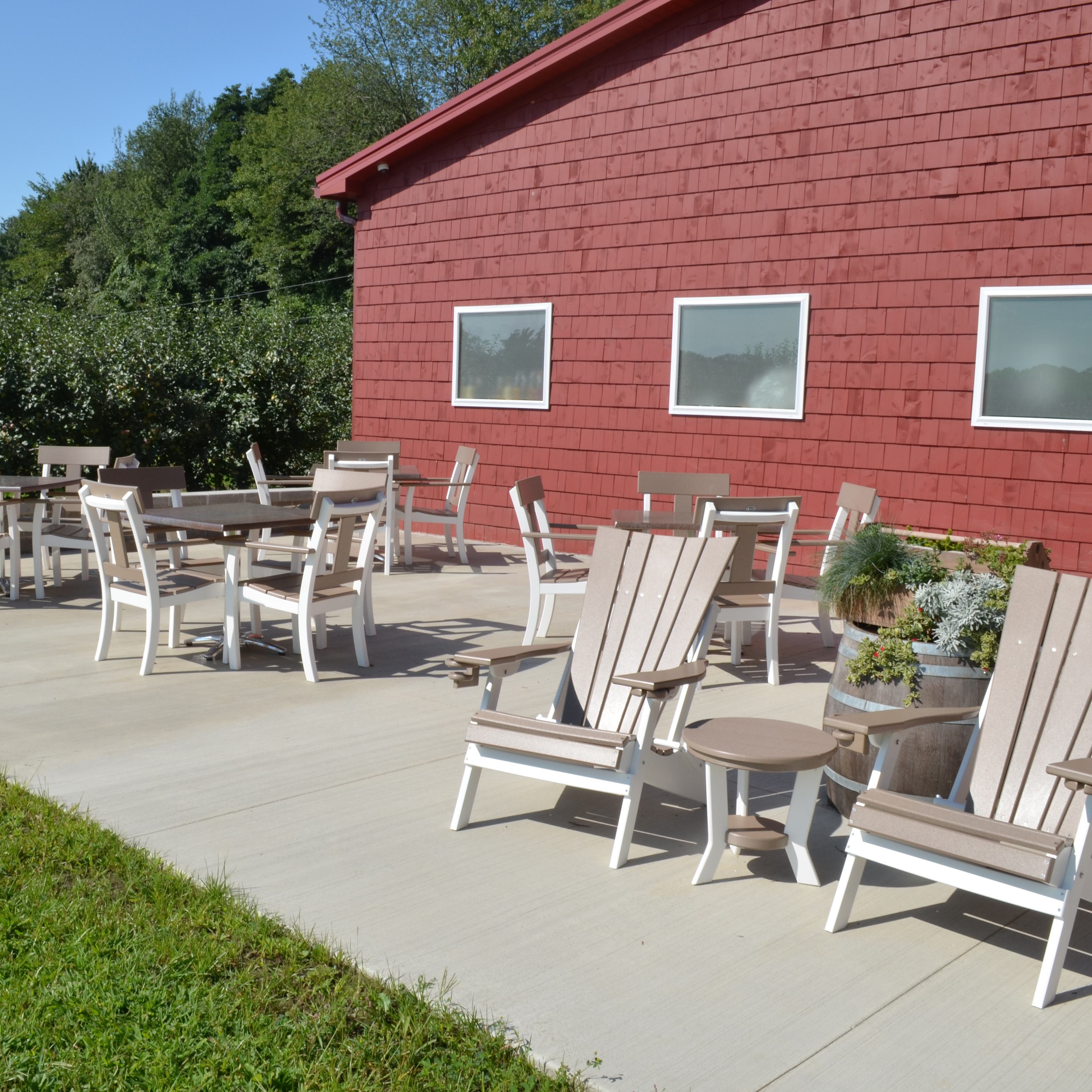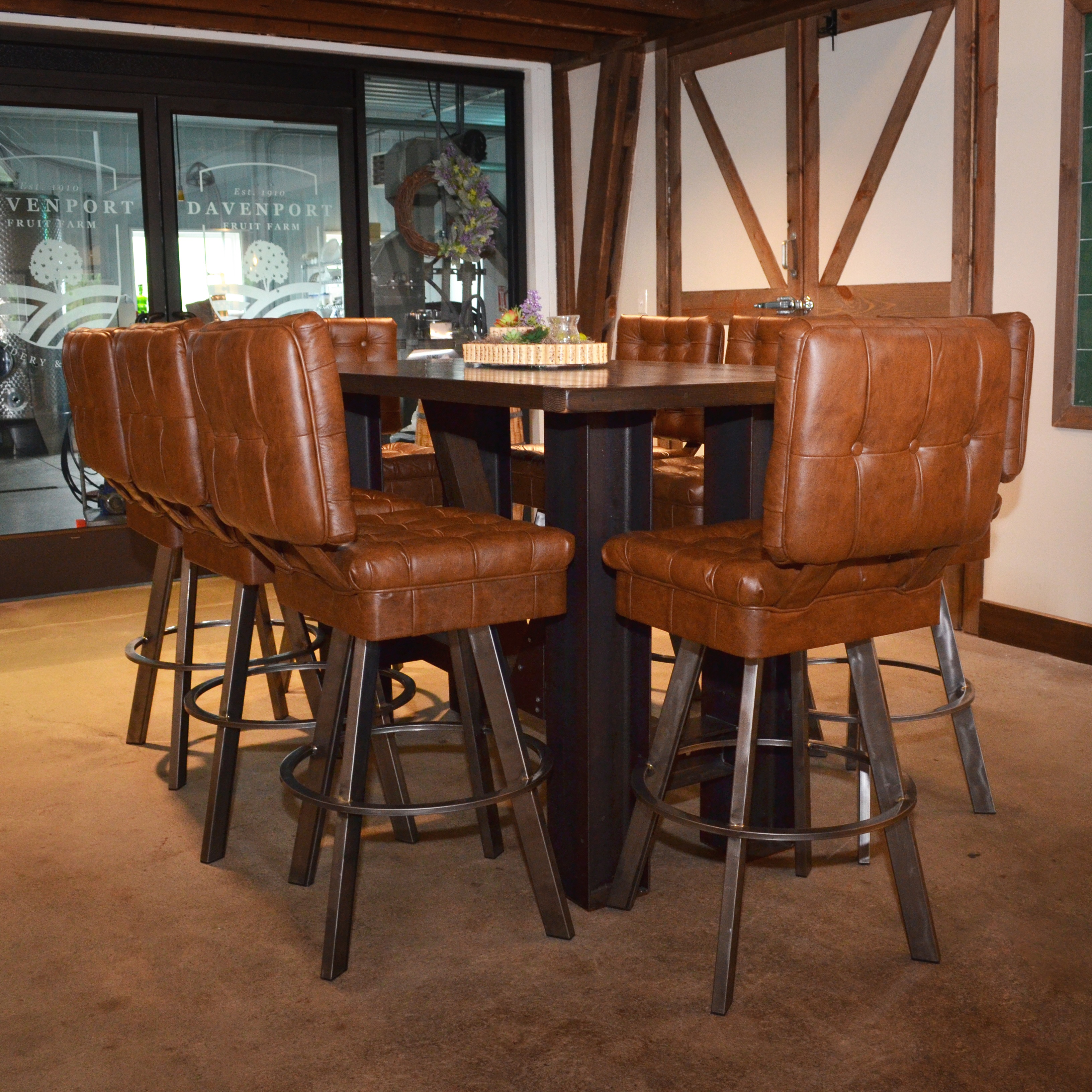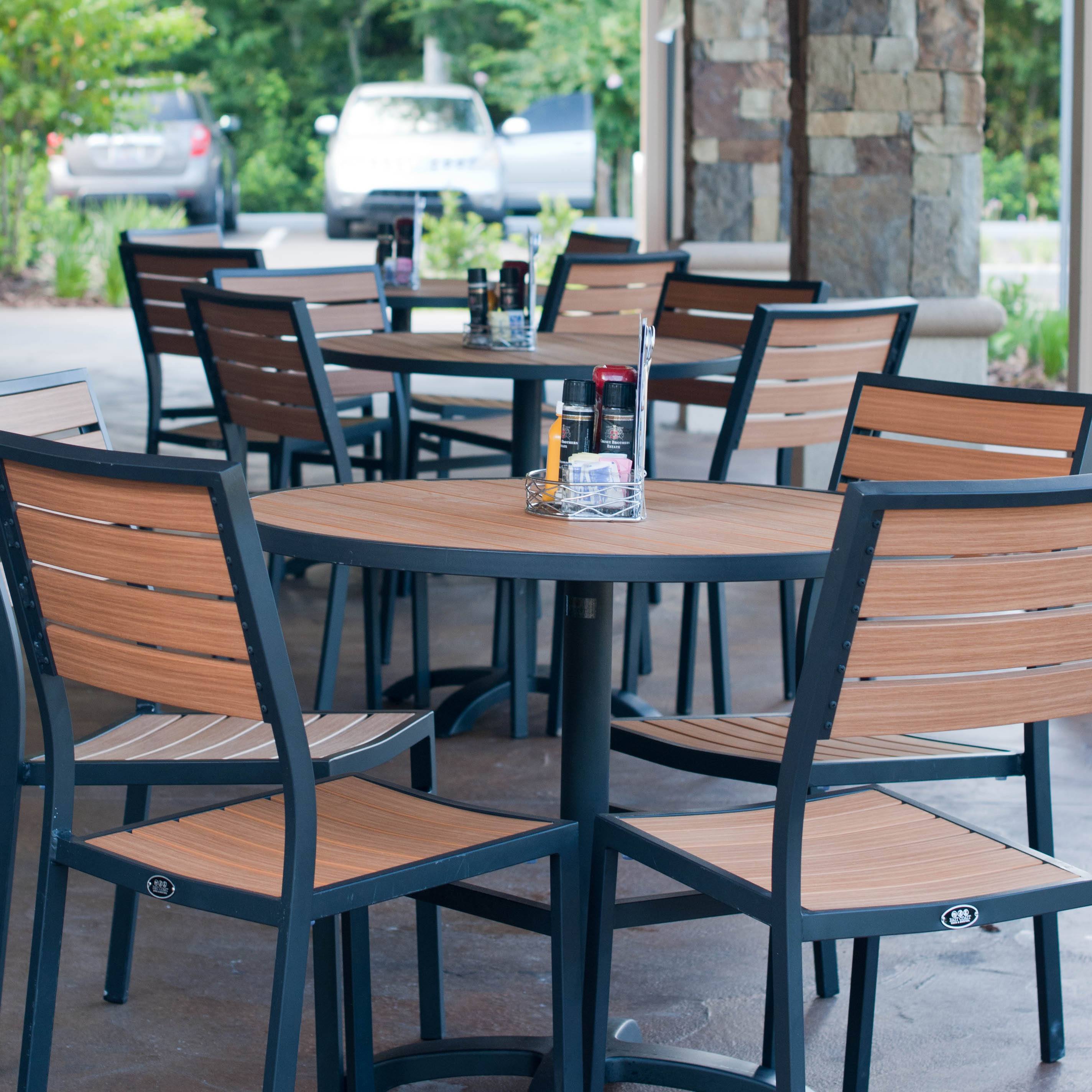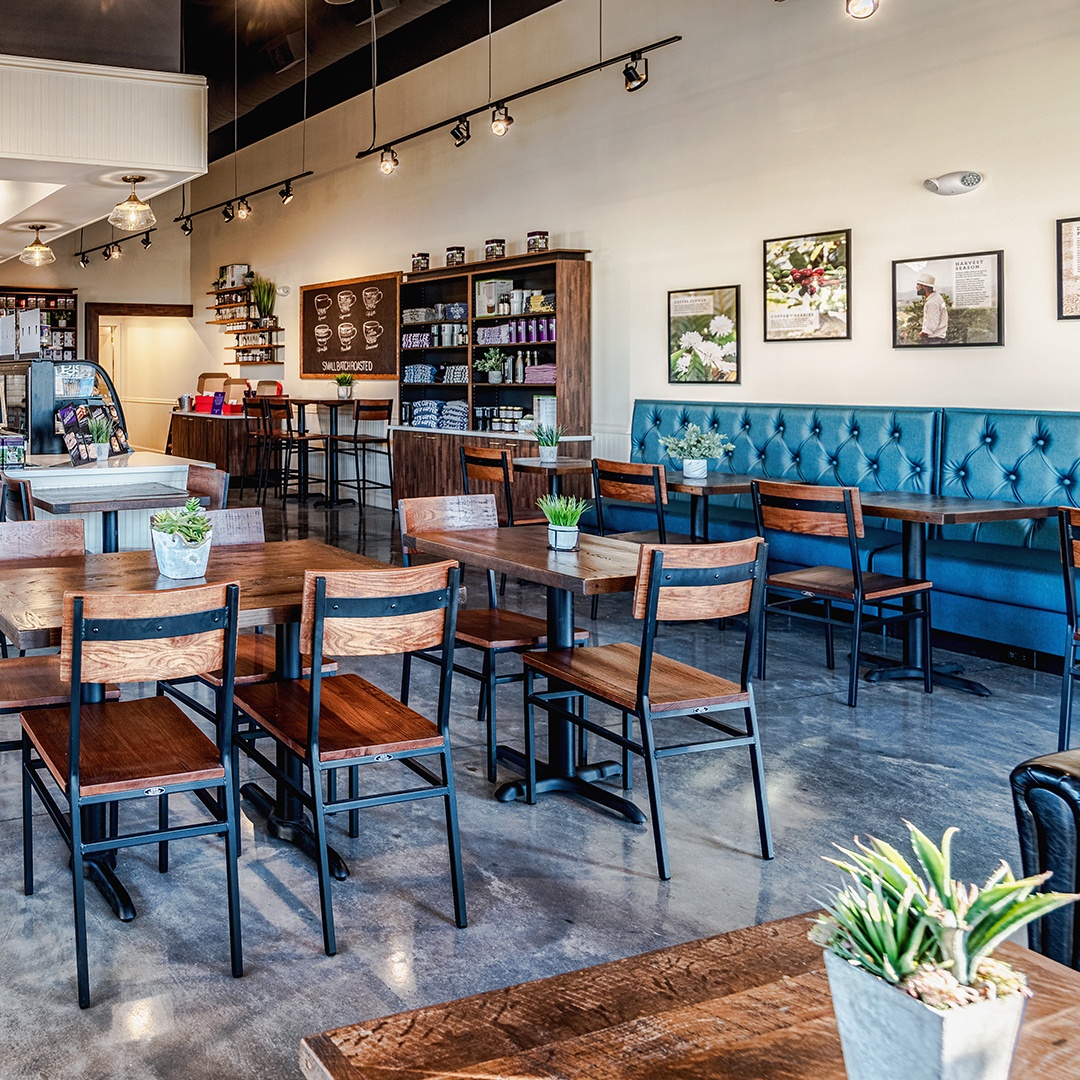Have you ever wondered how that swivel in your Lazy Susan works? Did you know that it’s the same mechanism that makes your bar stool swivel around when you’re saddled up to the bar? Or, how about the swivels that turn your washing machine or the wheels on your car? Does your kid have a fidget spinner? Guess what? That’s a swivel too. Swivels are just couplings that allow two parts to rotate around one another, but they are everywhere you look.
But why does a bar stool need to swivel? After all, all your customers have to do is sit on it and enjoy their microbrews right? Well, it turns out that swivels on bar stools come in handy for a number of reasons. First, they make it easier to get on and off of the bar stool without having to back away from the bar, which can wear out your glides and scratch your floors. Second, imagine that you have a great band playing on a Friday night and the joint is packed. If you don’t have swivel bar stools, then every customer at the bar who wants to watch the band has to pick up their chair and turn it around; this leads to blocked aisles, potential injuries, and an increased workload for staff members that have to move the bar stools back into place. It also makes it difficult to order more drinks from the bartender, which can hurt your bottom line.
Now that you know why swivels on bar stools are great, let’s take a look at the two different types of swivels that come in bar stools.
Ball Bearing Bar Stool Swivels
The first, and most common, type of swivel is called a ball bearing swivel. Ball bearing swivels are metal plates with metal balls running in channels between the plates. One plate rotates on top of the other, and the metal balls reduce friction.
Ball bearing swivels have been around for ages and they are used in just about every rotary application that you can think of. They are economical, reliable, and easy to find. The main problem with ball bearing swivels in bar stools is inconsistent weight distribution. Consider the customer who always sits on the end of the bar stool; his/her weight is distributed toward the front of the stool. Over time, the plates that hold the metal ball bearings become loose, and the balls start to spill out of the back. If you’ve ever wondered where those little metal balls on your floor are coming from, they’re from your bar stool. In general, ball bearing swivels last between 60,000 and 100,000 rotations; much less than the second type of swivels that we’re going to discuss.
Nylon Race Bar Stool Swivels
Nylon race (and other polymer) swivels are specifically designed for furniture use. Instead of ball bearings, nylon race swivels are made from two nylon disks that fit together so that they turn around each other. The nylon plates do create more friction than ball bearing swivels, but the durability of the smooth nylon is unaffected. In fact, nylon race swivels have been tested up to 1 million rotations without noticeable losses in serviceability; that’s a lot of turns on a bar stool.
Most commercial swivel bar stools, including the ones that we sell at East Coast Chair & Barstool, come standard with ball bearing swivels. Nylon race swivels are considered an upgrade, and are available for an additional fee. If your barstools get a lot of use, it might be worth the additional charge to upgrade to a American-made nylon race swivel due to the increased durability and longevity. Nylon swivels also come with a 10 year warranty, whereas ball bearing swivels typically come with no warranty.






